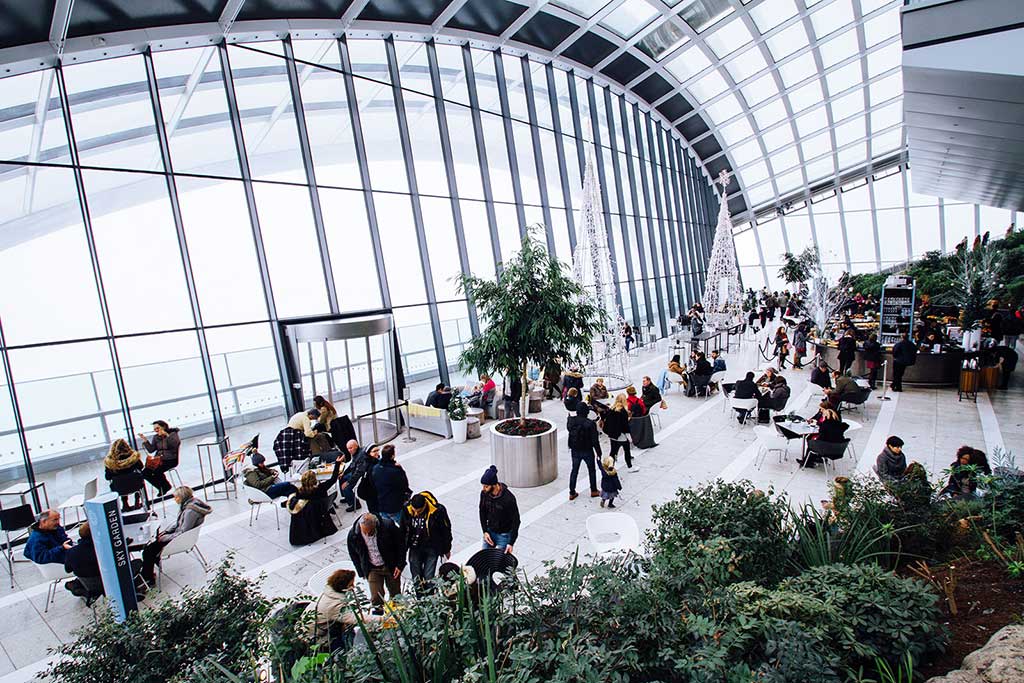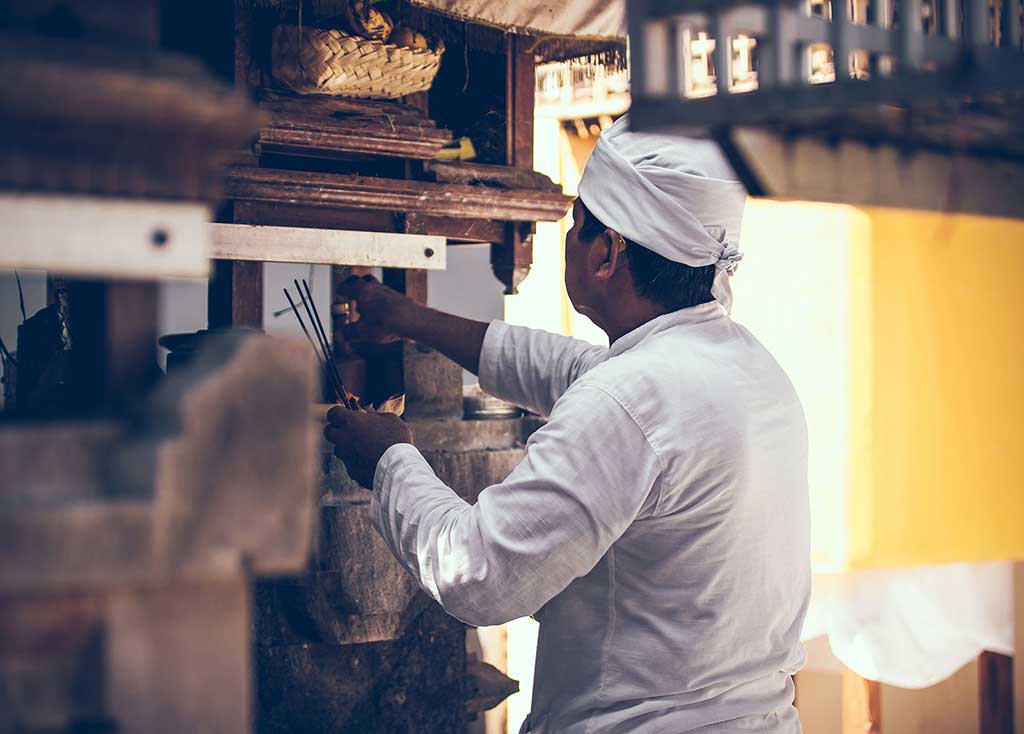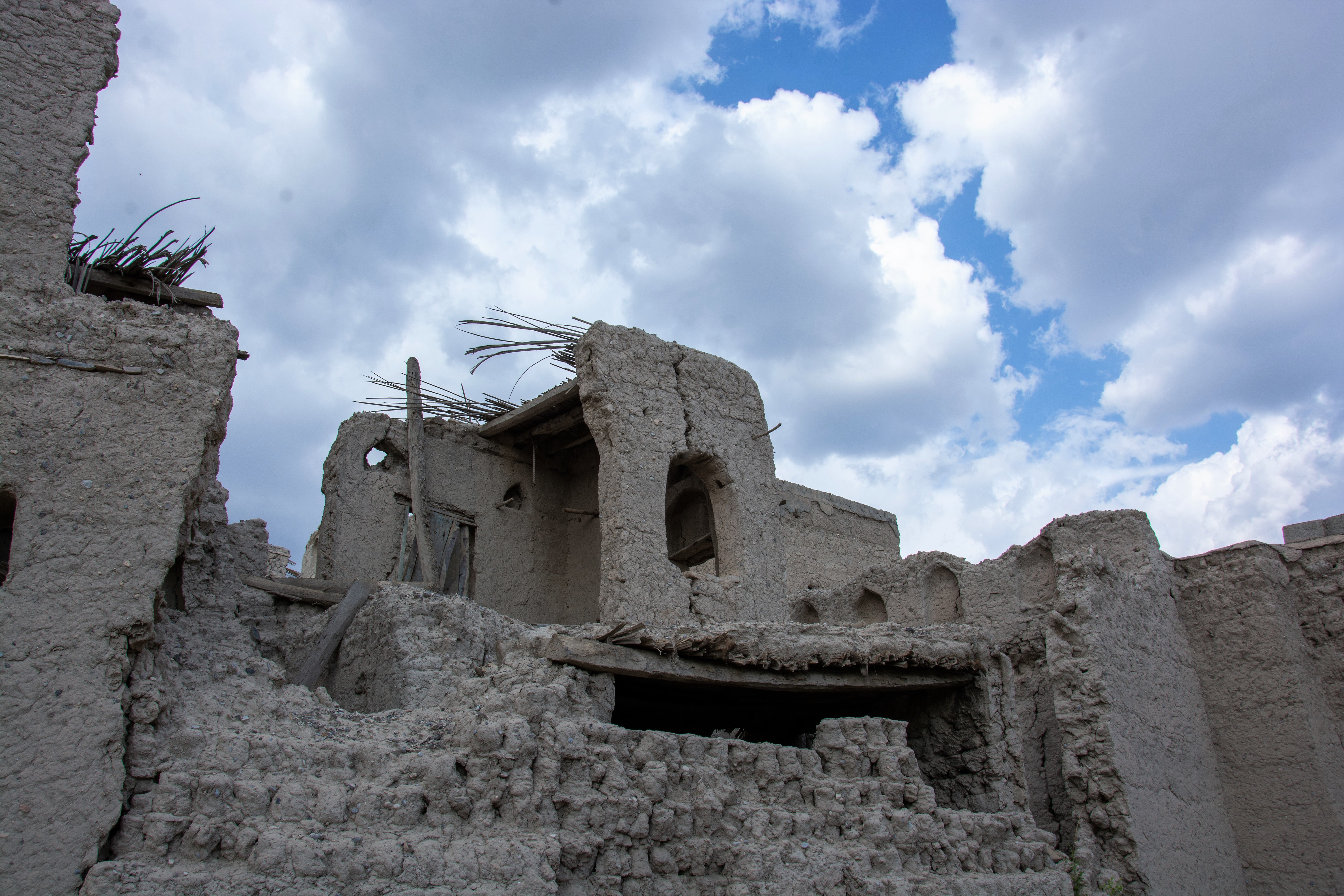
Al Aqar Oasis Represents Oman Traditional Architecture

Al Aqar – Omani Traditional Architecture
The Wilayat of Bahla in the Governorate of A’Dakhiliyah is one of the most famous tourist and heritage destinations in the Sultanate. It is famous for its diversity of heritage and tourist sites, such as castles, forts, markets and ancient neighborhoods, that are frequented by visitors from inside and outside the Sultanate.
Among the old neighborhoods in the Wilayat of Bahla is Al Aqar Neighborhood, one of the oldest Omani neighborhood, which represents a model of the historical buildings of the traditional Omani architecture, locally called “Al Harat“. It is located in the ancient Bahla Oasis, which has been included in the World Heritage Sites of the UNESCO since 1987.
Al Aqar neighborhood is located within the boundaries of the 12-kilometer-long defensive wall of Bahla, which is militarily fortified. The neighborhood is also attached to two urban centers: Al Ghuzaili and Al Hawaya neighborhoods. It maintains its identity and geographical location.
Zakaria al-Humaimi, a researcher in the history of Oman said: “Remains of tombs were found in Al Aqar neighborhood, in the site of the Mosque, which indicate that it was inhabited in the pre-Islamic era, and dates back almost to the third millennium BC. The neighborhood consists of large clay buildings, some are in the middle part of the neighborhood, with a total of 177 mud brick buildings, still retaining their original form, and 23 of them are built with mixed materials (traditional and modern)”.
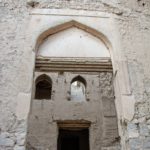
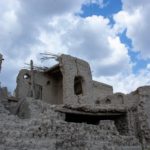

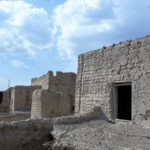
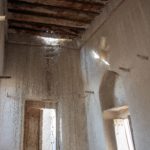
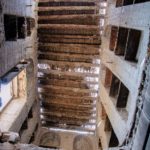
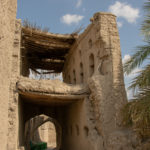
Zakaria al-Humaimi told that the Al Aqar neighborhood is bounded to the north by the historical Bahla Mosque and Bahla Historic Castle. The neighborhood lies at the foot of a high hill, which provides it with a direct protection at Wadi Bahla by Bahla Castle, the strongly fortified. This also gives people at Al Aqar neighborhood with a wide view in the south.
He affirmed that a number of manuscripts and scientific documents were found in a number of old houses in Al Aqar neighborhood by a group of scholars who lived in the neighborhood, including Sheikh Al Faqih Omar bin Said bin Abdullah Al Maad al-Bahlawi Abu Hafs (1009 AH / 1600 AD) author of Minhaj Al Adel (an encyclopedia in Fiqh in four large parts) that included many answers of scholars and their fatwas. He also left collections of poems and Fiqh answers. He used to have known in the Omani history as Al Maad Library in Bahla, which is one of the most important Waqf libraries in the Wilayat of Bahla.
Zakaria al-Humaimi pointed out that a study was conducted on Al Aqar Neighborhood at the Architecture and Cultural Heritage of India, Arabia, and Morocco (ArCHIAM) at the University of Nottingham Trent in the United Kingdom (UK), in collaboration with the Ministry of Heritage and Culture in the Sultanate. The study team of the university visited the neighborhood in 2012 to assess the importance of the neighborhood, regarding the policies and strategies of the ministry in the conservation, the feasibility of the work of documentation by the research team from the university. The site of Al Aqar Neighborhood was chosen because it has a number of features including its importance as a site of the World Heritage sites in 1987, which makes it a cultural reservoir and tourist attraction, as well as its architectural distinction, which is subject to environmental and human factors affecting it, in addition to the major tourism potentials of Bahla Oasis as a whole, which attracts increasing numbers of visitors.
— ONA

